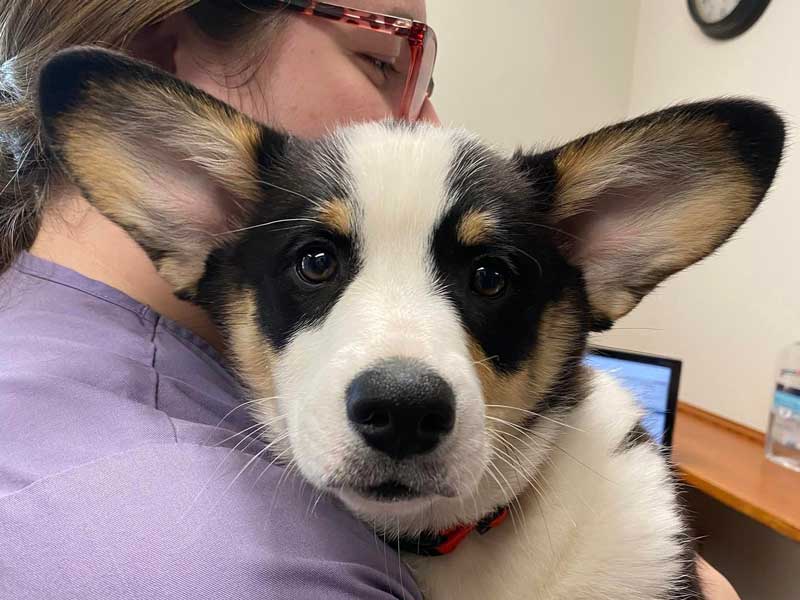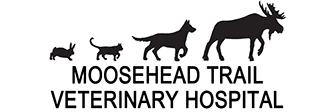Surgical FAQs
Answers to some of your most common surgical questions:
Is anesthesia safe?
Modern anesthetic and pain management drugs, paired with modern technology allow veterinarians to safely anesthetize pets every day while keeping them comfortable during recovery. The risk of a pet dying under anesthesia during a routine spay, neuter, mass removal, or dental procedure is very low; in fact, it’s less than 1%. Those rare times when a patient passes while under anesthesia are typically during an emergency when the patient’s condition is extremely critical. In addition, multiple precautions are taken to ensure your pet’s safety while under anesthesia. Every pet will have an IV catheter placed to allow the administration of fluids or emergency medications if needed, and he or she will also be intubated to protect their airway and allow assisted breathing if necessary. Your pet will be closely monitored at all times throughout the procedure.
In addition, we recommend pre-anesthetic blood work to screen for potential health issues before getting started. This precaution is required if your pet is eight years of age or older. For more information on blood work, click here.
Okay, but is pre-anesthetic blood work necessary?
Our recommendation is that all pets undergoing anesthesia be screened before the procedure. All patients, not just those who are geriatric or sick, should have basic pre-anesthetic blood tests performed. It is important to determine whether or not certain parameters are within normal limits, such as blood sugar, liver and kidney values, red and white blood cell count, etc. It is especially important to ensure that the liver and kidneys are functioning properly because these organs are responsible for processing anesthesia. Even in animals less than one year of age, blood work will occasionally detect abnormalities that could affect anesthesia.
Will my pet be in pain?
You can rest assured that we will do everything we can to make your pet as comfortable as possible during his or her visit with us. The pain medications that we administer during the procedure and those that we send home after will depend on the pet and the type of procedure. Naturally, major procedures will require more pain management measures than things like minor lacerations. We may send your pet home with an oral anti-inflammatory medication, typically enough for a few days, to reduce the risk of discomfort and/or swelling.
If your pet is not eating or has diarrhea or vomiting, please let us know. If your pet seems uncomfortable or is whining excessively, despite the use of pain medications, please give us a call. Every pet is different, which means that some tolerate pain better than others.
Can someone else drop off or pick up my pet?
If at all possible, you should drop off and pick up your pet on the day of his or her procedure. This eliminates the possibility of any third-party confusion or miscommunication regarding decision-making for your pet. In those circumstances where someone else must bring your pet, we ask that you give us a call before the appointment date to discuss the procedure, options, etc.
We also ask that you stop by to sign the required consent form(s) before the day of the procedure. We take your pet’s health very seriously and want to ensure a great experience for you both.
What are the restrictions after surgery?
One of our technicians will provide you with specific home care instructions for your pet after his or her procedure. You will also receive a printout to reference should you forget something. Medications to go home with will be explained as well. Generally speaking, you can expect the following instructions:
- Swimming, bathing, and grooming are prohibited for at least ten days after surgical procedures.
- Check the incision daily for any excessive swelling, bleeding, or drainage.
- Licking the incision area is strictly prohibited! Stitches can be pulled out easily by pets, creating the risk of further damage or infection. If your pet makes any effort to lick at all, the Elizabethan collar must be worn. We offer multiple types of collars depending on what works best for your pet.
- Limit activity for 7-10 days: No running, jumping, or playing; short leash walks only.
If your pet is over five years of age, he or she may need a longer recovery period. In addition, if any of the following symptoms are observed, please call us right away: vomiting, diarrhea, discharge or bleeding from the incision, depression, lethargy, or inappetence lasting longer than 24 hours after surgery, labored breathing, or pale gums.
My pet is extremely active. How can I keep him calm after surgery?
Your pet must stay calm and quiet while healing after a surgical procedure. Ensure that your pet has a quiet, dark, and warm space to rest and recover. He or she should be separated from children, other pets, and general commotion during the healing process. In some cases, calming medication is very helpful after surgery to prevent the pet from causing harm to themselves.
If you are concerned that your pet may not be able to stay calm following his or her procedure, just let us know so that we may provide options to help your pet heal safely.

